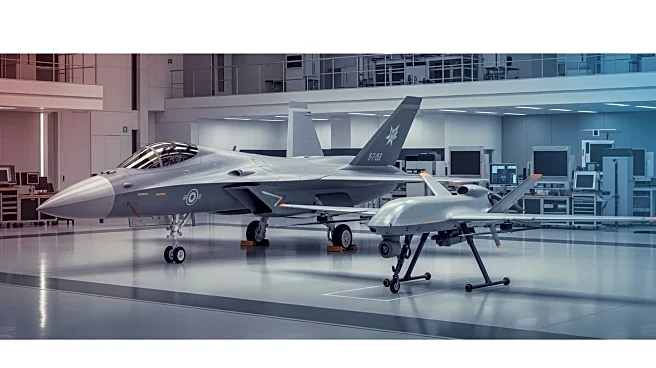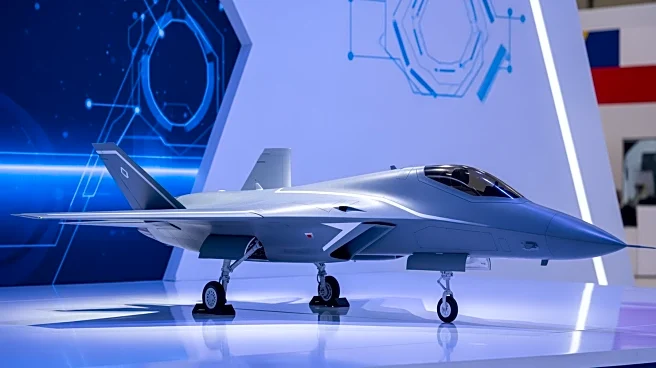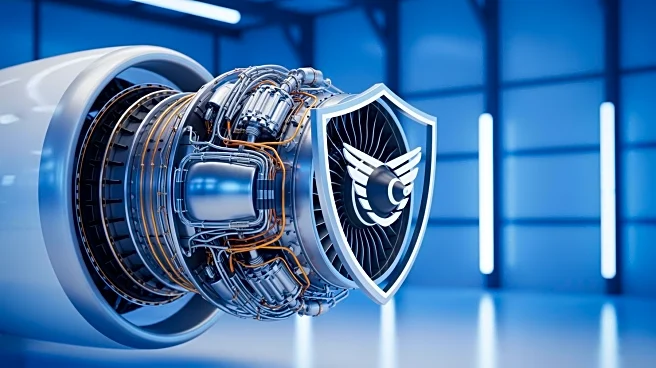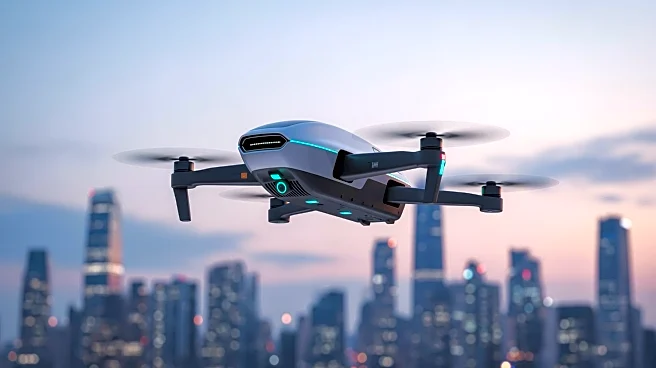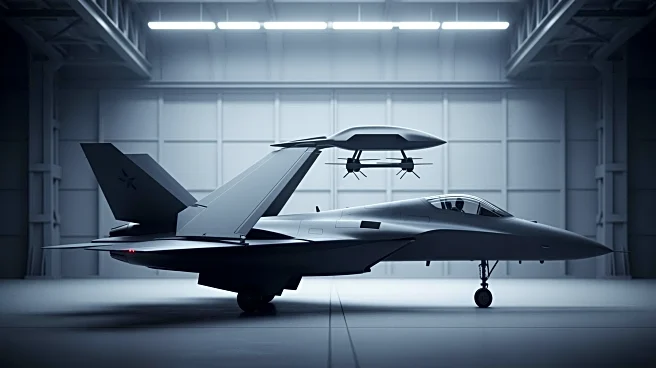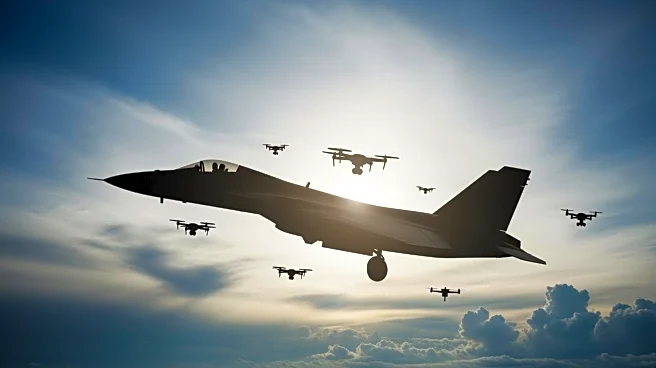What's Happening?
GE Aerospace has entered into a collaboration with Shield AI to supply propulsion and testing support for the X-BAT program. The F110-GE-129 engine, featuring the Axisymmetric Vectoring Exhaust Nozzle (AVEN), has been selected to power Shield AI's AI-piloted
vertical take-off and landing fighter jet, X-BAT. This aircraft operates autonomously using Shield AI's Hivemind software, allowing it to function in environments with limited communications. The partnership aims to expedite the development and readiness of future uncrewed applications, combining GE Aerospace's propulsion expertise with Shield AI's autonomous systems.
Why It's Important?
The collaboration between GE Aerospace and Shield AI is significant as it represents a step forward in the integration of AI and advanced propulsion systems in military aviation. This partnership could enhance the capabilities of autonomous fighter jets, potentially transforming defense strategies and operations. The development of AI-piloted aircraft may lead to increased efficiency and reduced risk in combat scenarios, impacting military tactics and procurement decisions. Stakeholders in the defense industry, including government agencies and contractors, may benefit from the technological advancements resulting from this collaboration.
What's Next?
The partnership between GE Aerospace and Shield AI is expected to accelerate the development of the X-BAT fighter jet, with potential implications for future military applications. As the program progresses, stakeholders will likely monitor the integration of AI and propulsion technologies, assessing their impact on defense capabilities. The collaboration may also lead to further innovations in autonomous systems, influencing the direction of military aviation and defense policy.
Beyond the Headlines
The integration of AI in military aviation raises ethical and legal considerations regarding the use of autonomous systems in combat. The development of AI-piloted fighter jets may prompt discussions on the regulation and oversight of such technologies, ensuring their responsible use. Additionally, the collaboration highlights the growing importance of partnerships between technology companies and defense contractors, potentially influencing future industry dynamics.
